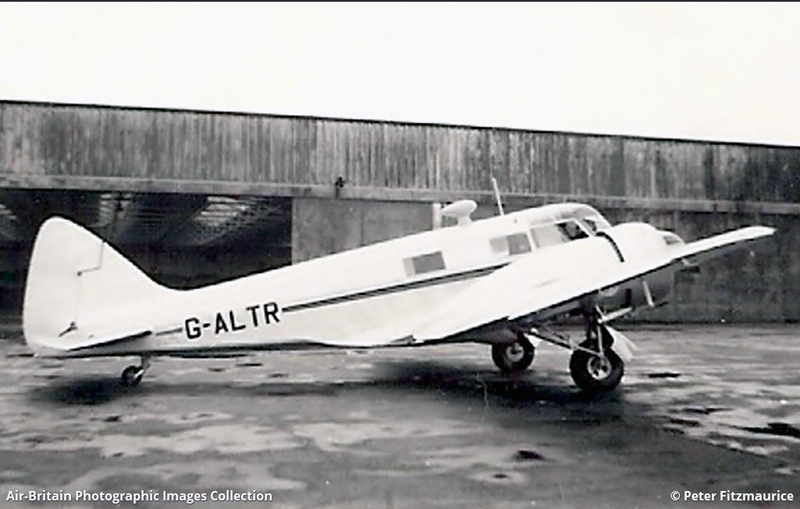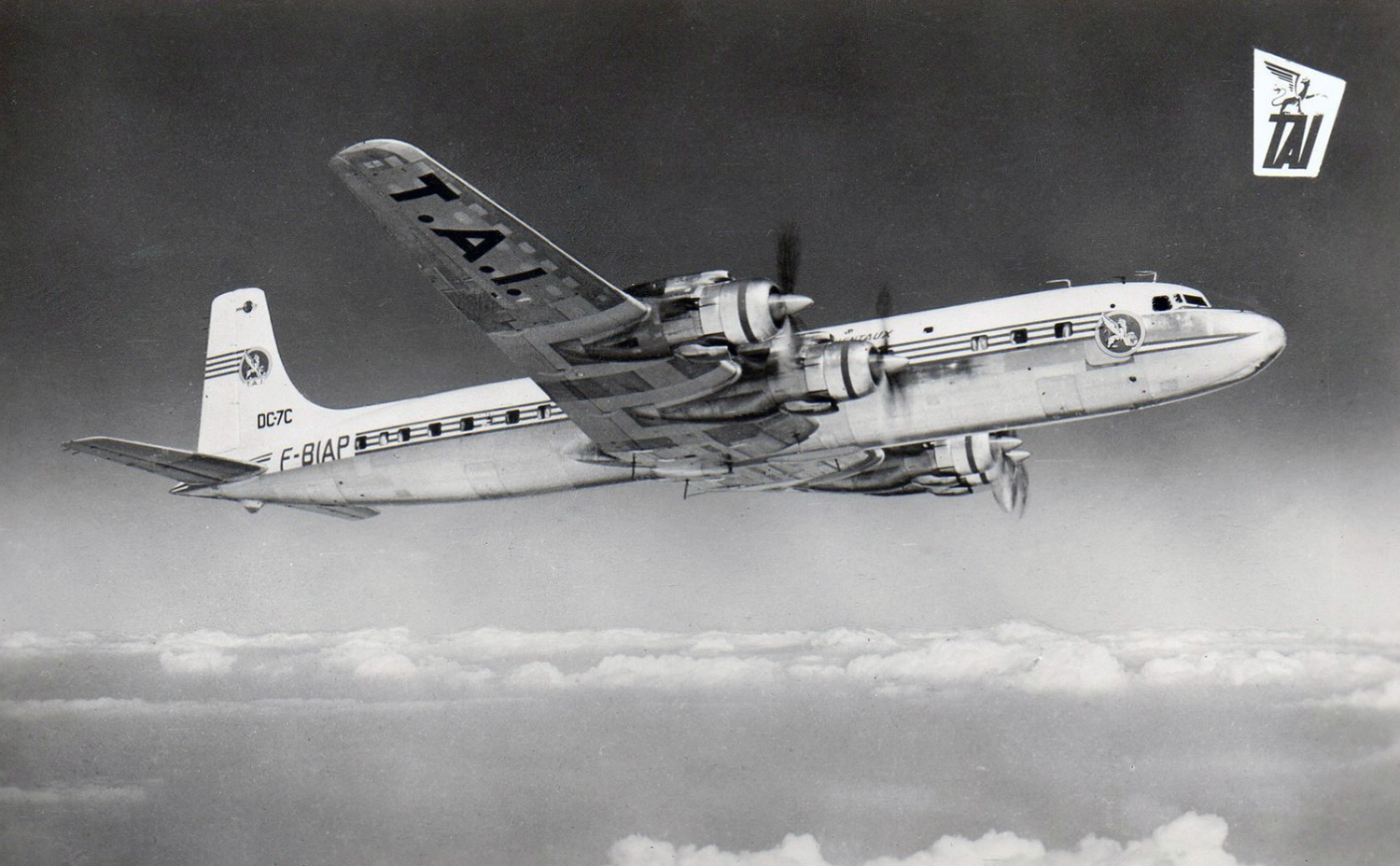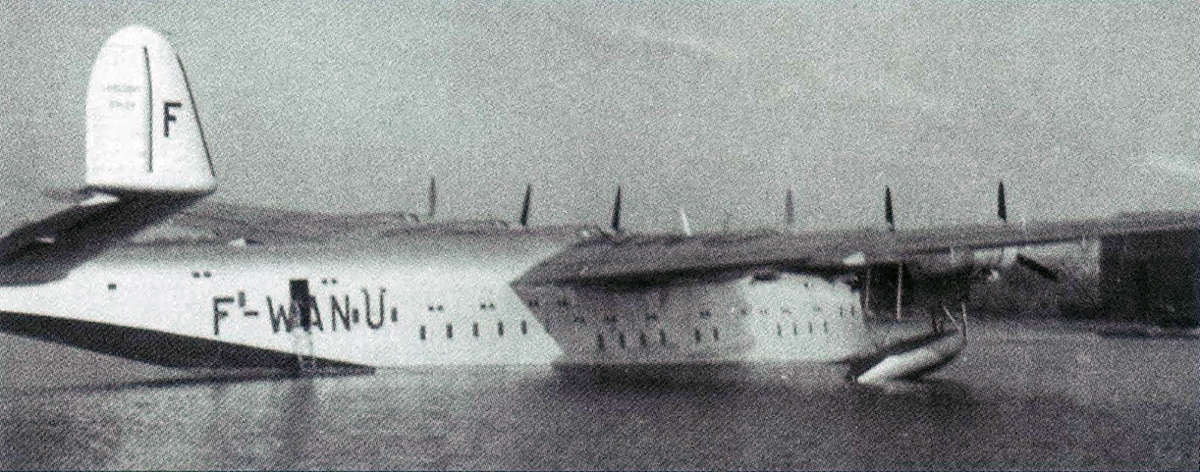Crash of an Airspeed AS.10 Oxford in Bordeaux
Date & Time:
Aug 14, 1961
Registration:
G-ALTR
Survivors:
Yes
MSN:
4187
YOM:
1949
Crew on board:
1
Crew fatalities:
Pax on board:
2
Pax fatalities:
Other fatalities:
Total fatalities:
0
Circumstances:
Shortly after its takeoff from Bordeaux-Léognan-Saucats Aerodrome, the twin engine aircraft stalled and crashed in a field. All three occupants escaped uninjured while the aircraft was written off. The airplane was owned by Thomas Hutton Marshall.










